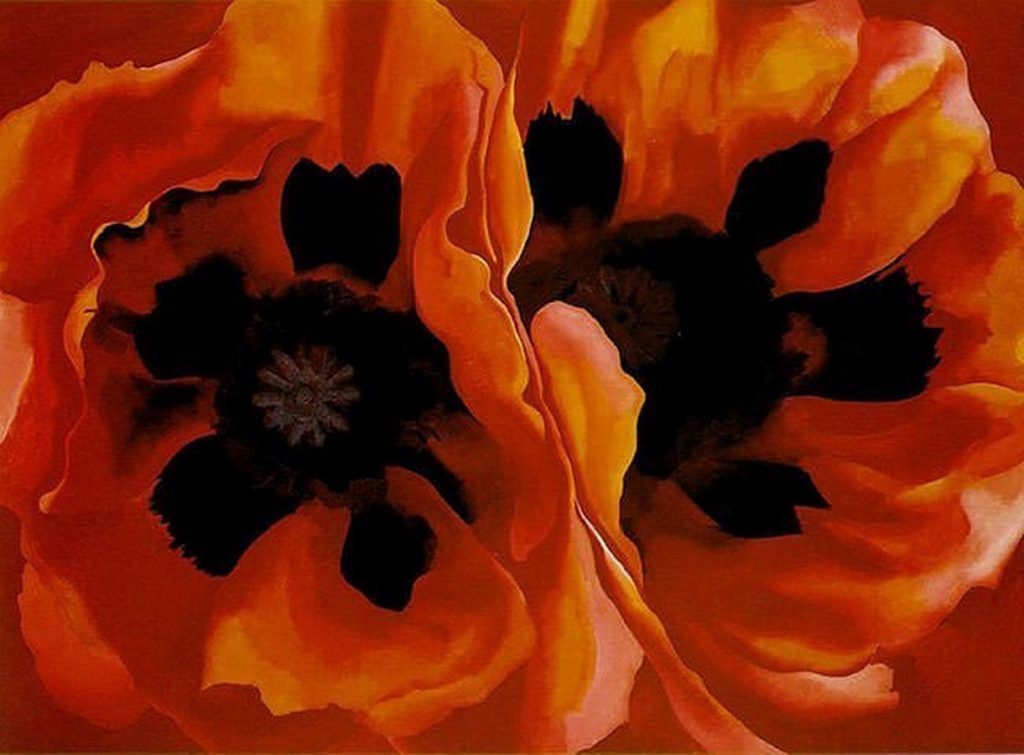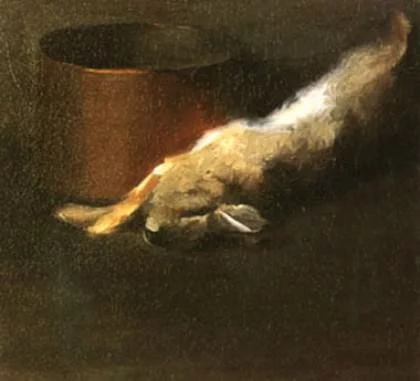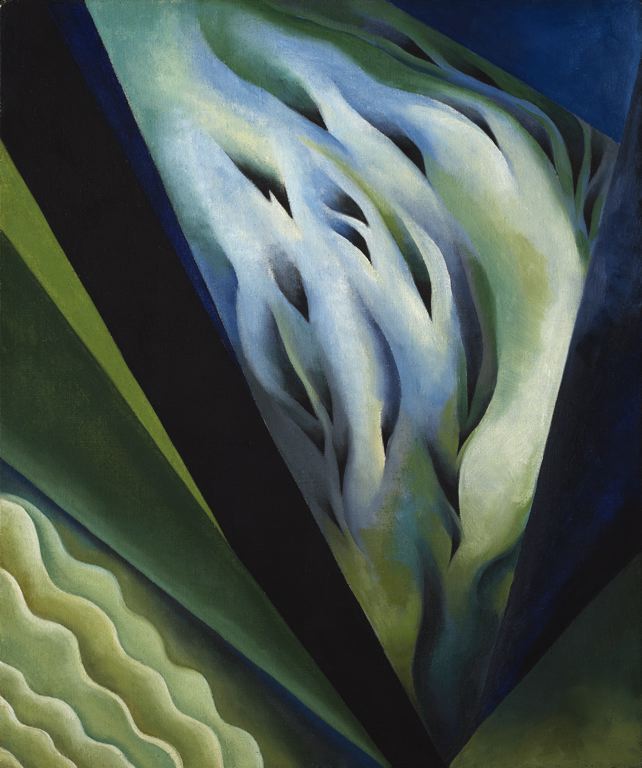Abhishek Kumar
Knowledge can be gained at any age. After having a detailed study on topics there are things unknown to us. So, we at Abirpothi present before you the lesser-known facts about artists around the world.
Georgia O’Keeffe
“I have but one desire as a painter – that is to paint what I see, as I see it, in my own way, without regard for the desires or taste of the professional dealer or the professional collector.”
Georgia O’Keeffe
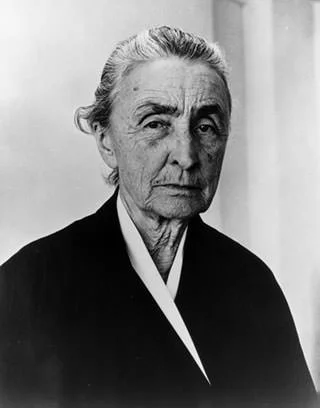
Georgia O’Keeffe was an American artist known for her large-scale paintings of flowers and landscapes, as well as for her abstract works. O’Keeffe’s work is characterized by its bold use of color and form, and her paintings are considered to be some of the most iconic images of the 20th century. She is considered a leading figure in American modernism and is often cited as the “Mother of American modernism”. She is one of the most recognizable and celebrated figures in American art history, and her works are among the most iconic symbols of modernism.
O’Keeffe was born in Sun Prairie, Wisconsin, and studied at the School of the Art Institute of Chicago and the Art Students League of New York. She was strongly influenced by the ideas of modern art, and developed a unique style of painting that combined abstract elements with realistic elements in her work. Her works are highly recognizable for their abstract and vibrant colors, often featuring sharp lines and geometric shapes. She began her career as an art teacher and later moved to New York City where she had her first solo exhibition in 1916.
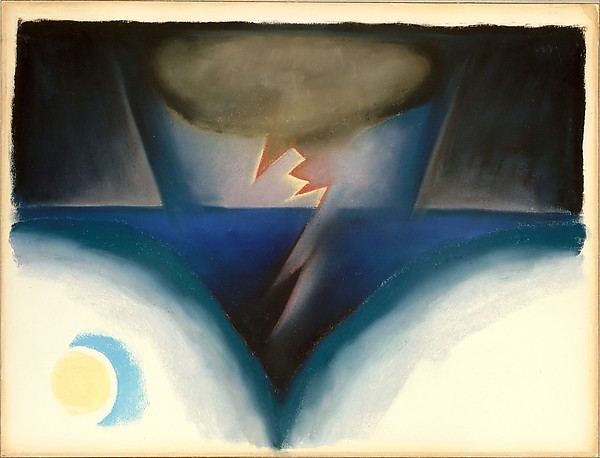
In the 1920s, O’Keeffe began to gain recognition for her distinctive style of painting, which emphasized abstraction and the use of bold colors. Her paintings of enlarged flowers, such as “Jimson Weed” and “Black Iris,” are considered some of her most iconic works. In the 1930s, O’Keeffe found inspiration in the landscape and colors of the American Southwest. She painted a number of landscapes and cityscapes, including “New York Night” and “Black Cross, New Mexico.”
In addition to her painting, O’Keeffe was also an accomplished photographer and writer. Her photographs often focused on the landscapes and architecture of the American Southwest. Georgia O’Keeffe’s work is often seen as a representation of American modernism and her art has been featured in numerous exhibitions and collections around the world. Her works are held in the collections of major institutions such as the Metropolitan Museum of Art in New York and the Art Institute of Chicago. O’Keeffe’s legacy has been celebrated by both art historians and the public alike, and she is considered one of the most influential artists of the 20th century.
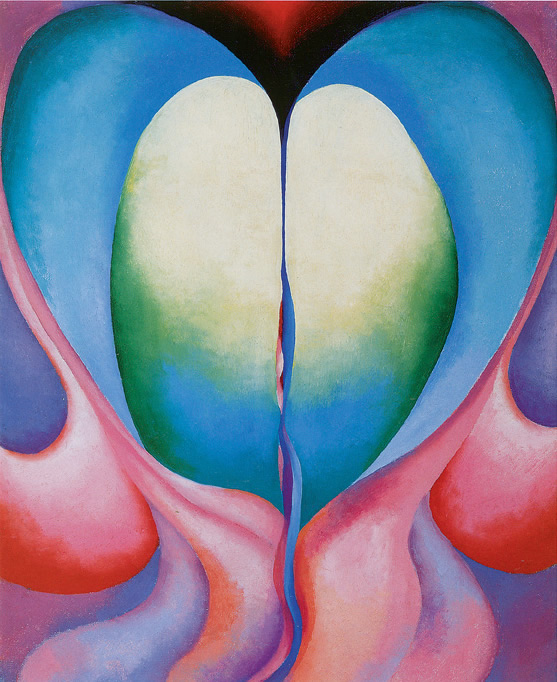
11 lesser-known facts about Georgia O’Keeffe
- Georgia O’Keeffe began her art career as a commercial illustrator and then moved on to teach art in various schools before she dedicated herself to painting.
- O’Keeffe’s first solo exhibition was held in 1916 at Alfred Stieglitz’s 291 gallery in New York City, where she would eventually have her first retrospective in 1946.
- Georgia O’Keeffe was inducted into the National Women’s Hall of Fame in 1979.
- In 1977, Georgia O’Keeffe was awarded the Presidential Medal of Freedom, the highest civilian honor of the United States. In 1985, she was also awarded the prestigious National Medal of Arts. 12 years after her death in 1996, the U.S. Postal Service issued a 32 cent stamp honoring her.
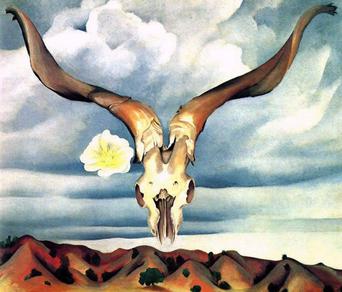
Georgia O’Keeffe, Ram’s Head White Hollyhock and Little Hills, 1935. - She wrote two books, One Hundred Flowers (1936) and Georgia O’Keeffe (1976).
- O’Keeffe and Stieglitz wrote 25,000 pages of love letters to each other.
- With the help of Juan Hamilton, a young potter, Georgia O’Keeffe created many ceramic items like pots, and also a few watercolor paintings. He became her business manager, and remained so until her death.
- In 1916 photographer Alfred Stieglitz was shown O’Keeffe’s drawings and exhibited them without her permission at his gallery, 291. O’Keeffe was angered, but in 1918 she moved to New York at Stieglitz’ request and began working seriously as an artist. By 1924 they were married.
- Cerro Pedernal was a favourite subject for O’Keeffe, who once said, “It’s my private mountain. It belongs to me. God told me if I painted it enough, I could have it.”
- O’Keeffe was a lone wolf and turned down any and all requests to join feminist art movements or any all-woman projects.
- She loved to draw nature from the backseat of a Model-A Ford.

